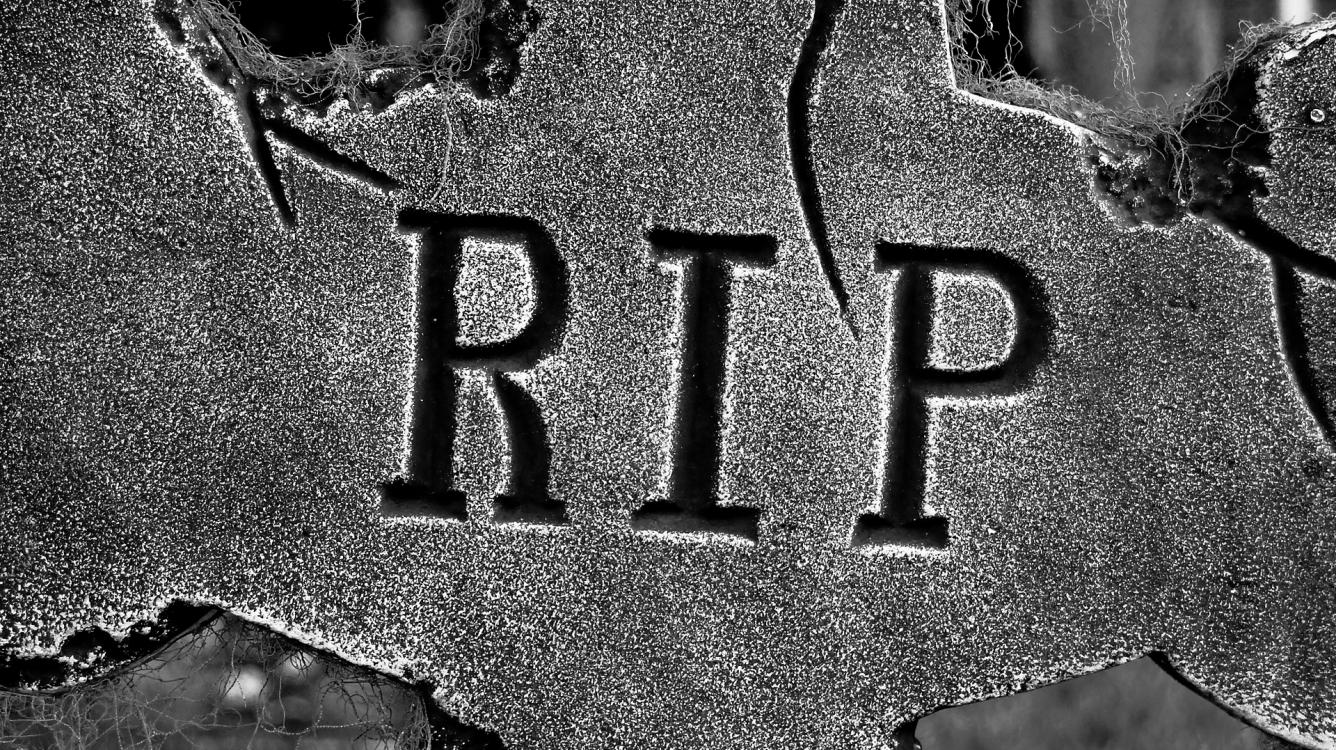
Are Super-Tournaments Dead?
The recently concluded Sinquefield Cup was a true celebration of chess. Great players, high-quality chess, and outstanding live coverage — What else a chess fan can dream about? Apparently not everyone is happy. According to the President of the Association of Chess Professionals (ACP), GM Emil Sutovsky, the tournament didn't spark the worldwide interest that a chess event of such a caliber should. On his Facebook page, he discussed possible reasons for this aberration and many fellow grandmasters joined the conversation. The main culprits suggested were:
- Carlsen didn't play in the tournament.
- too many draws.
- The same people play against each other again and again. Tournaments badly need "fresh blood."
- There are too many super tournaments which occur one after another.
Consequently, the suggested solutions were to:
- switch to big opens, à la the Qatar Masters.
- switch to Chess960.
- switch to rapid time controls.
Indeed, it is difficult to argue with the statements there. For example, these days we have a super tournament every three to four months. That definitely dilutes the attention of the general public.
We can also certainly divide all tournaments into two separate groups "Carlsen plays there" and "Carlsen doesn't play there." As we discussed in this article, Carlsen's participation in the tournament is the best remedy against a big number of draws.

What surprised me is that nobody mentioned one of the biggest problems of the modern super tournaments from the spectators' point of view. To describe this problem, let me give you an example.
The super tournament at Niksic in 1983 was convincingly won by Kasparov, who scored 11 out of 14, two points ahead of GM Bent Larsen. Just like Carlsen today, Kasparov's participation attracted attention not only because of his powerful play, but also because of his creative chess. Here is one of the most remarkable games of the tournament.
This fantastic game has been analyzed in numerous books and magazines. Let's discuss the most critical moment when Kasparov started his brilliant attack with the sharp move 17.d5!!. GM Lajos Portisch didn't accept the sacrifice by 17...Nxc4. Why?

Portisch and Kasparov playing three years later in Dubai. Photo Wikimedia Commons.
Here is what Kasparov wrote in his annotations for the Azerbaijani newspaper Chess and the famous Soviet magazine 64-Chess Review. (Both sets of annotations were published at the end of 1983.)
The variations appear as convincing as they can be: very sharp and precise. But one year later a reader sent a question to another prominent Soviet magazine, Chess in the USSR. This letter was published in the September issue of 1984. He claimed that it was actually Black who was winning in Kasparov's variation.
If you are amazed that an amateur corrected Kasparov's analysis, I can assure you that it was quite typical in the days of yore. A top grandmaster often proudly published his masterpiece in a chess magazine only to get a letter from a remote village where a farmer completely refuted the whole concept of the game.
This was one of the reasons Mikhail Botvinnik recommended his pupils publish their games. This was the best way to obtain a healthy dose of a constructive criticism! Back to our story. Another reader successfully improved Kasparov's variation and refuted 23...Bd8.
But the same reader suggested 23...b5 as an improvement of Black's defense. Another year passed and in the June issue of 1985, Chess in the USSR readers continued their discussion. They analyzed the critical position after 23...b5 and found a paradoxical move that reignites White's attack. Can you spot this move?
You can find an abridged version of this lengthy discussion in the first volume of "Kasparov on Kasparov." Over the years in many articles I have expressed my opinion that Kasparov's books are probably the best books on chess ever written. But if I could improve something there, I would add the names of the readers who participated in the quest for the chess truth: N. Volgin, A. Tregubov, and V. Neizvestnykh. Mr Neizvestnykh lived in a village close to the Polar Circle!

The cold is bad for the circulation, but great for the mind!
Now, tell me, dear readers, can you imagine anything like this today? Discussion about this particular game spread over two years, and it wasn't uncommon that a super complicated game of Tal's would puzzle people for decades! Today, if you have a question about a game, you don't send a letter to an editor of a chess magazine. Instead you turn on your chess engine overnight and get a definitive answer.
Moreover, you are probably not going to spent hours or weeks analyzing an interesting position, since you have a chess engine for this purpose.
That's what kills the enigmatic nature of chess. If you followed a game from the Sinquefield Cup and constantly checked the evaluation of a computer, then you turned chess into a slow and boring video game. I know I am going to sound like a Luddite, but if you want to make chess super tournaments great again, tell your engine, "You're fired!"
Jokes aside, turn that chess engine off, and start enjoying the good old game of chess!



